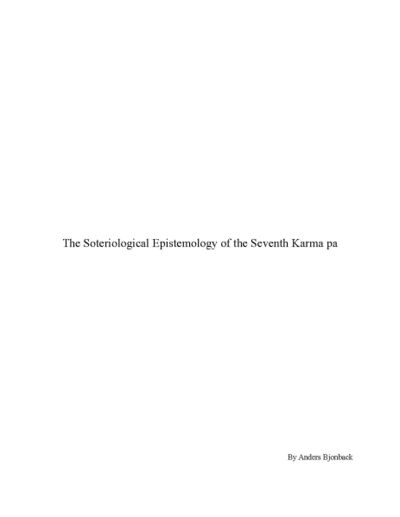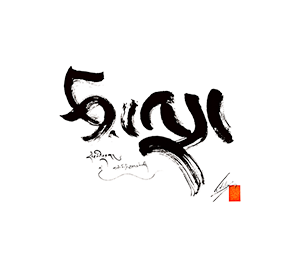- Introduction: the Wider Context of Soteriological Epistemology1
- Part I: Realism, Anti-Realism and Yogic perception26
- 1.1. The General Theory of Yogic Perception26
- 1.2. Yogic Perception According to Dharmakīrti29
- 1.3 Yogic Perception for the dGe lugs pa-s46
- 1.4. bKa’ brygud Anti-Realists57
- 1.4.1. Yogic Perception as Perception of True Reality58
- 1.4.2. The Section on Yogic Perception in the Rigs gzhung rgya mtsho64
- 1.4.3. The Object of Yogic Perception for the Seventh Karma pa74
- 1.4.4. Yogic Perception without Appearances: What Ultimately Does and
Does not Appear in Yogic Perception of Emptiness for the
Seventh Karma pa88
- Part II: Rang rig in Pramāṅa and Mahāmudrā97
- 2.1. Sūtra Mahāmudrā meditation98
- 2.2. The Clear-Light Nature of Mind, The Buddha-Element, and Reflexive
Awareness: What One Experiences in Mahāmudrā101 - 2.3. The Seventh Karma pa’s Understanding of Mind’s Nature and Its
Relevance to Mahāmudā110 - 2.4. Using Rang-rig to Describe the Process of Meditation132
- 2.5. The Seventh Karma pa’s Stages of Analysis of the Result of Pramāṇa134
- 2.6. The Three Levels of Analysis of the Result of Pramāṇa and the Four
Levels of Yogācāra and Mahāmudrā146 - 2.7 Concluding Statements About Rang rig and Ye shes in Thorough
Analysis and Mahāmudrā151
- Conclusion153

